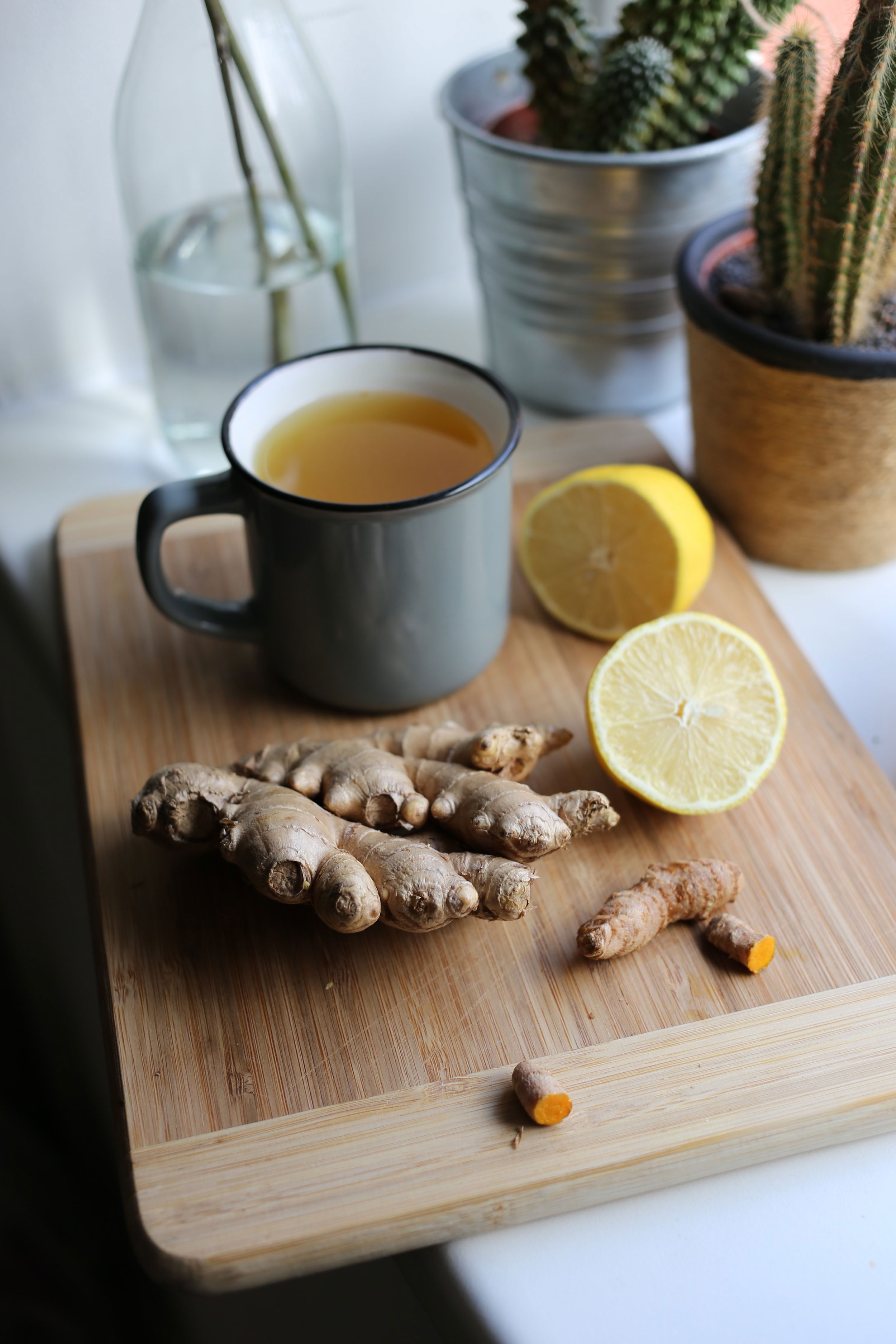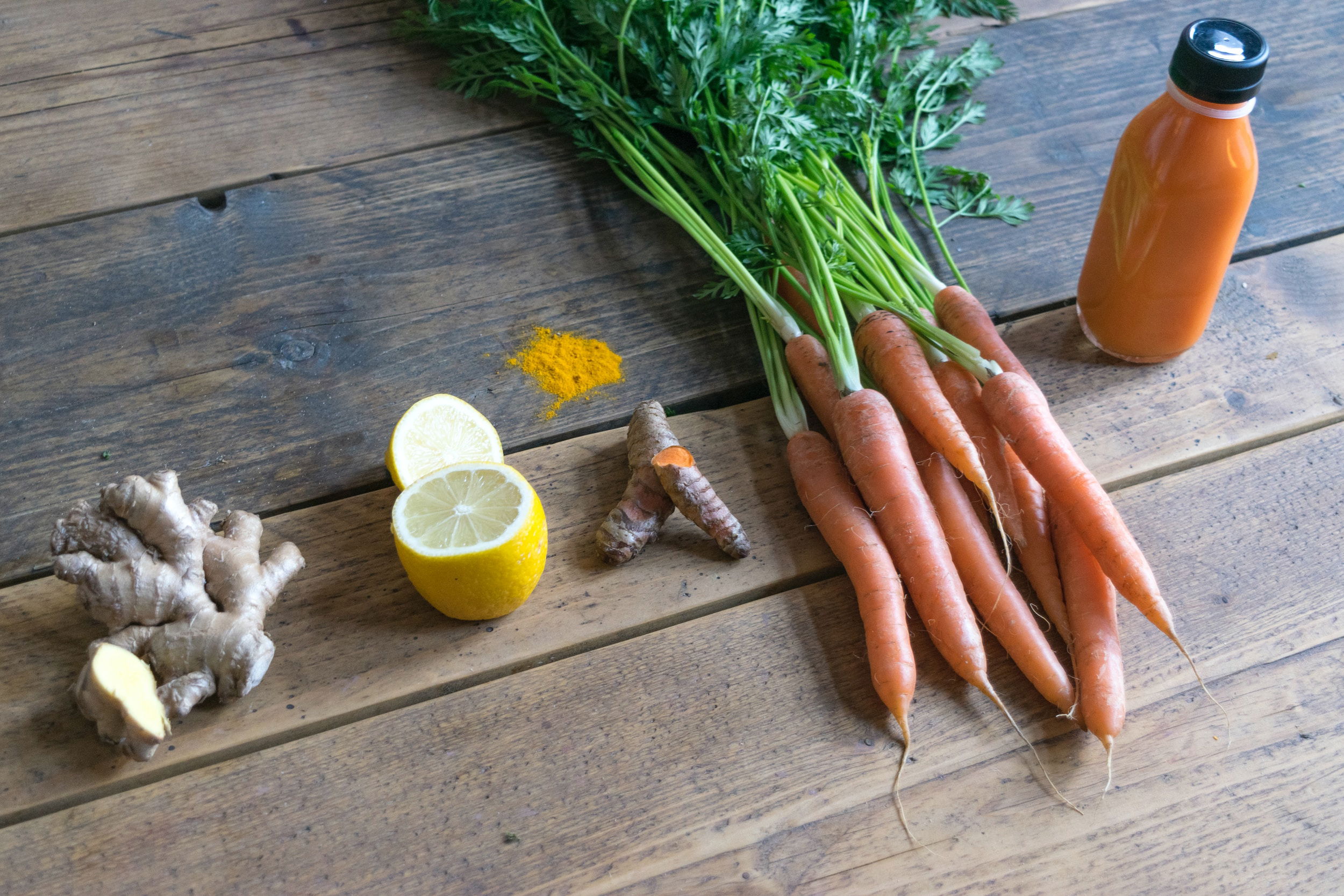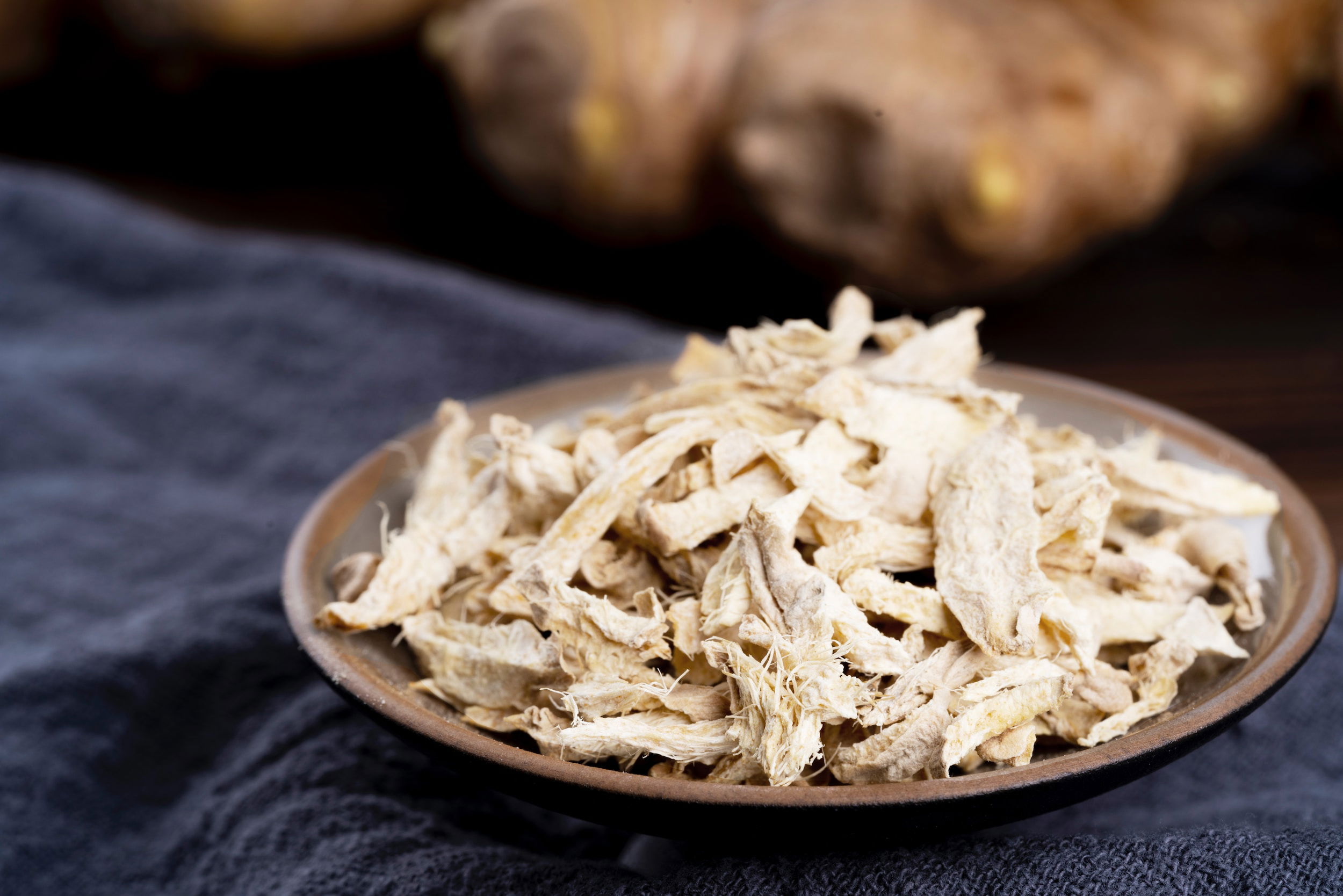Dominate the Market with the Freshest, Most Flavorful Ginger You've Ever Grown!
Ginger is a versatile, delicious spice that adds flavor to a wide variety of dishes, from Thai curries to baked goods. But did you know that growing your own ginger can be just as rewarding as cooking with it? Homegrown ginger is fresher, more flavorful, and often more affordable than store-bought varieties.
In this article, we'll share our best tips and tricks for growing ginger in your own backyard or garden. Whether you're a seasoned gardener or a beginner, you'll learn everything you need to know to successfully cultivate your own ginger crop and dominate the market with the freshest, most flavorful ginger you've ever grown!

Understanding the Benefits of Growing Your Own Ginger
Ginger is well-known for its flavorful and spicy taste, but it also has numerous health benefits. Growing your own ginger allows you to have access to fresh ginger whenever you need it. In addition, you can control the quality of the ginger you grow, ensuring that it is free from harmful pesticides or chemicals.
Why Growing Your Own Ginger is Worth the Effort
Growing ginger at home is a fun and rewarding experience. You get to watch your ginger plant grow and develop into a harvestable crop. Moreover, growing your own ginger is cost-effective compared to buying ginger from the store. Fresh ginger can be expensive, and you may not always be able to find it at your local grocery store. By growing your own ginger, you can save money and have access to fresh ginger all year round.
Health Benefits of Fresh Ginger
Fresh ginger is rich in antioxidants that help to boost your immune system. It also has anti-inflammatory properties that can help reduce pain and inflammation in the body. Ginger contains high levels of gingerol and shogaol, which help to improve digestion and reduce nausea. Ginger is also known to help reduce blood pressure and cholesterol levels.

Preparing Your Garden for Ginger Cultivation
Growing ginger requires a bit of planning and preparation. Here are some tips for preparing your garden for ginger cultivation.
Choosing the Right Location for Your Ginger
Ginger thrives in warm and humid conditions. Therefore, it is essential to choose a location that gets plenty of sunlight and has well-draining soil. The ideal location for growing ginger is a partially shaded area that gets plenty of morning sun.
Soil Preparation for Ginger
Ginger requires well-draining soil rich in organic matter. Before planting your ginger, prepare your soil by adding compost, aged manure, and other organic matter. Ginger prefers soil with a pH between 6 and 6.5.
Composting for Ginger Cultivation
Composting is an excellent way to improve the soil quality of your garden. Composting helps to add nutrients to the soil, improve soil structure, and retain moisture. Composting also helps to reduce waste and is an environmentally friendly way to dispose of organic material.

Choosing and Preparing the Best Ginger Rhizomes for Planting
Choosing the right ginger rhizomes is essential for a successful harvest. Here are some tips for selecting and preparing ginger rhizomes for planting.
Where to Source Quality Ginger Rhizomes
You can source quality ginger rhizomes from your local nursery or online gardening stores. When buying ginger rhizomes, look for plump, firm, and healthy-looking ones.
How to Choose the Best Ginger Rhizomes for Planting
Choose only the most robust and healthy ginger rhizomes for planting. Look for ones that have a few green sprouts or small buds. Avoid any rhizomes that are moldy, soft, or have any signs of damage.
Preparing Ginger Rhizomes for Planting
Before planting, soak your ginger rhizomes in warm water for a few hours to soften them. Then, cut them into smaller sections, making sure each piece has at least one or two growing buds. Allow the cut pieces to dry for a day or two before planting.

Essential Tips for Growing Ginger Successfully
Growing ginger requires proper care and attention. Here are some essential tips for growing ginger successfully.
Watering and Fertilizing Ginger
Ginger requires regular watering, especially during the growing season. Make sure to keep the soil consistently moist, but not waterlogged. Fertilize your ginger plant with a high-quality organic fertilizer every two weeks during the growing season.
Controlling Pests and Diseases
Ginger is relatively pest and disease-resistant. However, it can be susceptible to root rot and fungal diseases. To prevent these, make sure to plant your ginger in well-draining soil and avoid overwatering.
Mulching for Ginger Protection
Mulching helps to protect your ginger plants from extreme temperatures, retain soil moisture, and prevent weed growth. Use organic mulch like straw, leaves, or grass clippings to cover your ginger plants' soil surface.

Harvesting and Storing Your Ginger Crop for Maximum Flavor
When to Harvest Ginger
Ginger is ready to harvest when the leaves turn yellow and begin to die back. This typically occurs in 8-10 months after planting. You can also check the ginger rhizomes by gently poking around the soil with your finger. The rhizomes should feel firm and the skin should be thin.
How to Harvest Ginger
To harvest ginger, gently dig around the edges of the plant using a fork or shovel. Carefully lift the ginger clump out of the soil, and then shake off any excess dirt. Cut off the stems and leaves, leaving about an inch of stem on the rhizome.
Drying and Storing Ginger Rhizomes
After harvesting, clean the ginger rhizomes, removing any dirt and debris. Leave the rhizomes out to dry in a well-ventilated area for a few days, until the skin becomes firm and papery. Then, store the ginger in an airtight container in a cool, dry place, such as a pantry or cellar.

Creative and Delicious Ways to Use Your Homegrown Ginger
Recipes for Cooking with Fresh Ginger
Ginger adds a zesty flavor to many recipes. Try adding fresh ginger to stir-fries, soups, stews, and marinades. You can also use it to make gingerbread, cookies, and cakes. Grated ginger can be added to hot tea or used to make ginger ale.
Making Ginger Tea and Beverages
Ginger tea is a soothing and refreshing beverage. To make ginger tea, peel and chop fresh ginger, and then steep it in hot water for 5-10 minutes. Add honey or lemon for extra flavor. You can also use ginger to make smoothies, cocktails, and other beverages.
Healing Properties of Ginger
Ginger has many health benefits. It is known to reduce inflammation, alleviate nausea, and improve digestion. It is also high in antioxidants and can help boost the immune system. Try incorporating ginger into your diet for a natural way to improve your health.

Sharing Your Ginger Growing Wisdom with Others
How to Share Ginger Rhizomes with Friends and Family
If you have an abundant ginger harvest, consider sharing your rhizomes with friends and family. To do so, simply divide the rhizomes into smaller pieces, making sure each piece has at least one "eye" or growth bud. Wrap each piece in a damp paper towel and then place it in a plastic bag. The rhizomes can be stored in the refrigerator for a few weeks before planting.
Sharing Ginger Growing Tips with Your Community
Growing ginger is a fun and rewarding activity that can be shared with your community. Consider starting a ginger-growing club or sharing your tips on social media. You can also donate ginger rhizomes to a local community garden or school garden.

Troubleshooting Common Ginger Growing Problems
Diagnosing and Treating Yellow Ginger Leaves
Yellow leaves on ginger plants can be a sign of overwatering, underwatering, or nutrient deficiency. To diagnose the problem, check the soil moisture and fertilize if necessary. If the problem persists, consider transplanting the ginger to a different location with better soil drainage.
Dealing with Ginger Root Rot
Ginger root rot can occur when the soil is too wet or has poor drainage. To prevent root rot, ensure that the soil is well-draining and that the ginger plants are not overwatered. If root rot does occur, remove affected plants and treat the soil with a fungicide.
Controlling Ginger Pests Naturally
Ginger can be vulnerable to pests such as spider mites and aphids. To control these pests naturally, try spraying the ginger plants with a mixture of water and dish soap, or use neem oil. You can also attract beneficial insects such as ladybugs and lacewings to your garden to help control pests.
Growing your own ginger is a fun and rewarding way to add flavor to your favorite dishes while reaping the health benefits of this amazing spice. With the tips and tricks outlined in this article, you'll be well on your way to producing your own delicious, fresh ginger crop and enjoying the satisfaction of knowing you've grown it yourself. So go ahead and get started – you never know where your ginger-growing journey might take you!

FAQ
Do I need a lot of space to grow ginger?
No, ginger can be grown in containers or small garden beds. As long as you have a sunny location and well-draining soil, you can grow ginger successfully.
Can I grow ginger indoors?
Yes, ginger can be grown indoors in pots as long as they receive at least 6 hours of sunlight per day and the temperature is consistently warm. Keep the soil moist and well-draining.
How long does it take for ginger to grow?
Ginger takes about 8-10 months to mature. You can start harvesting ginger after 3-4 months, but for the best flavor, wait until the leaves turn yellow and the plant begins to die back.
Can I use store-bought ginger rhizomes to grow my own ginger?
Yes, you can use ginger from the grocery store to grow your own ginger. Look for plump and firm ginger rhizomes with small buds or "eyes" on them. Soak them in water for a few hours before planting to encourage growth.
